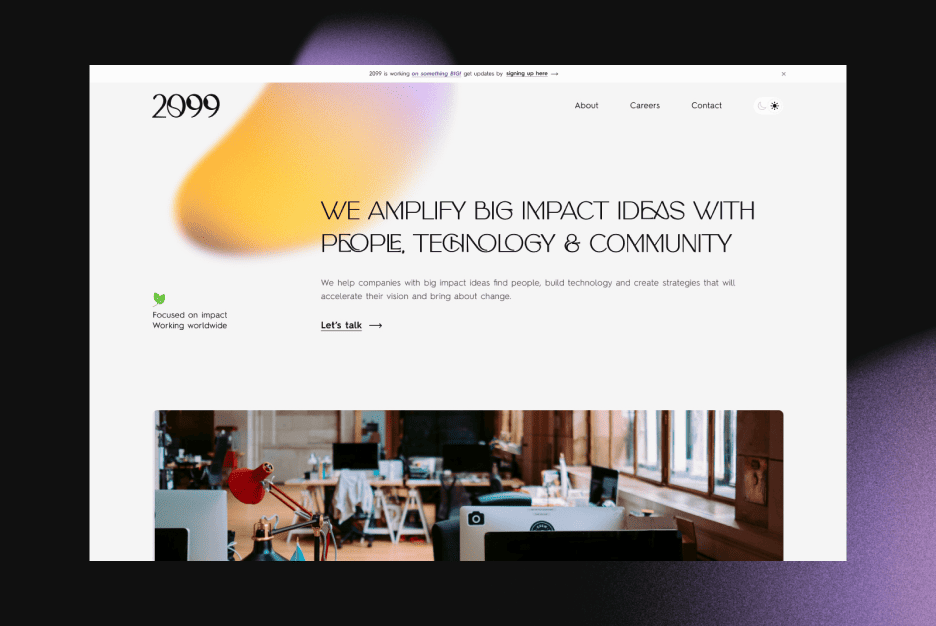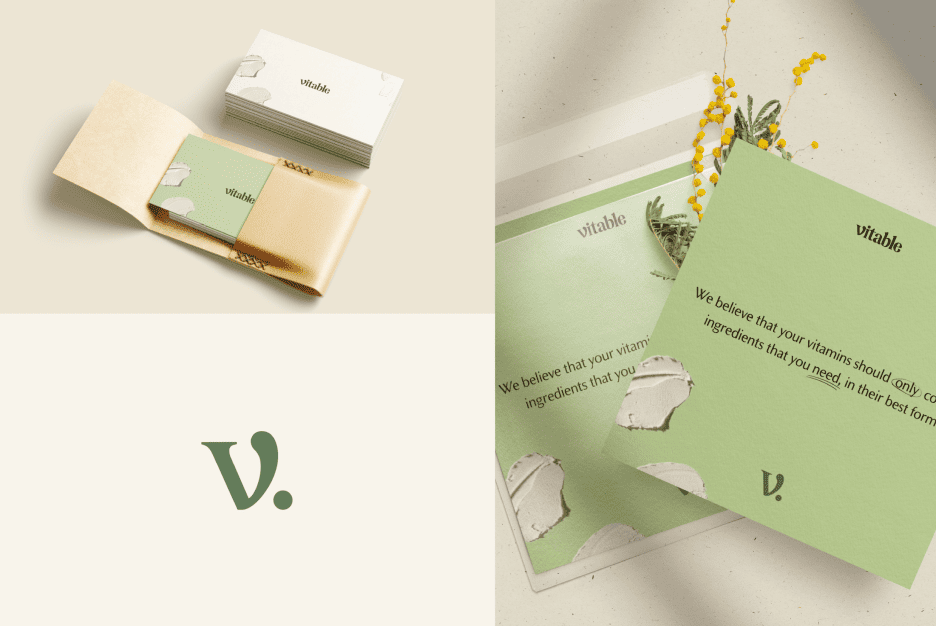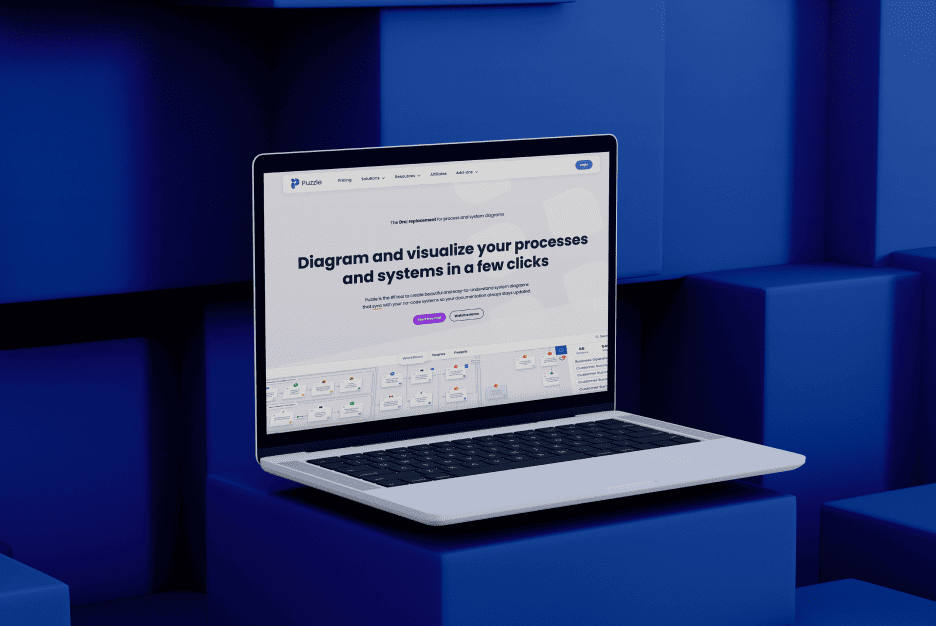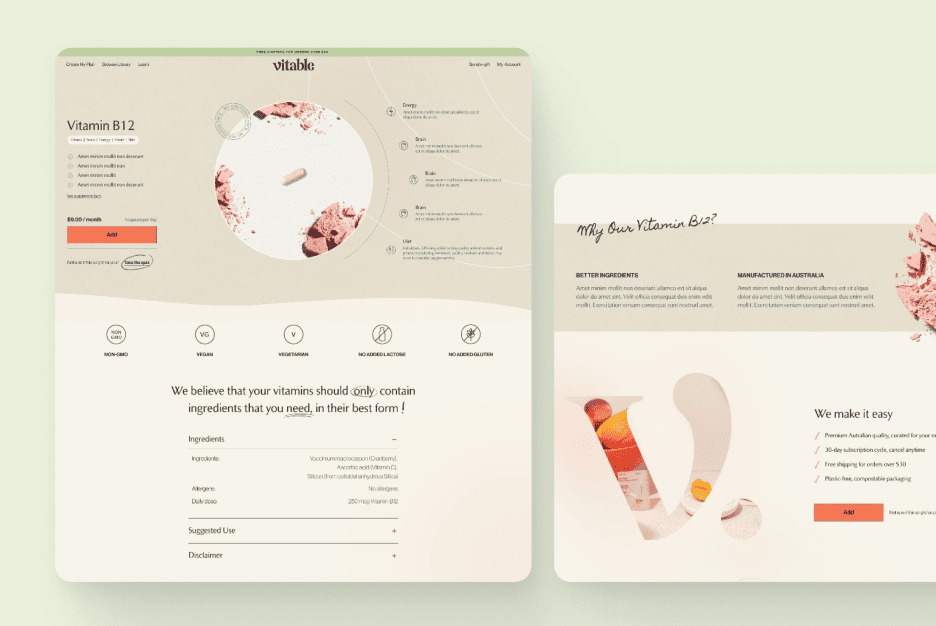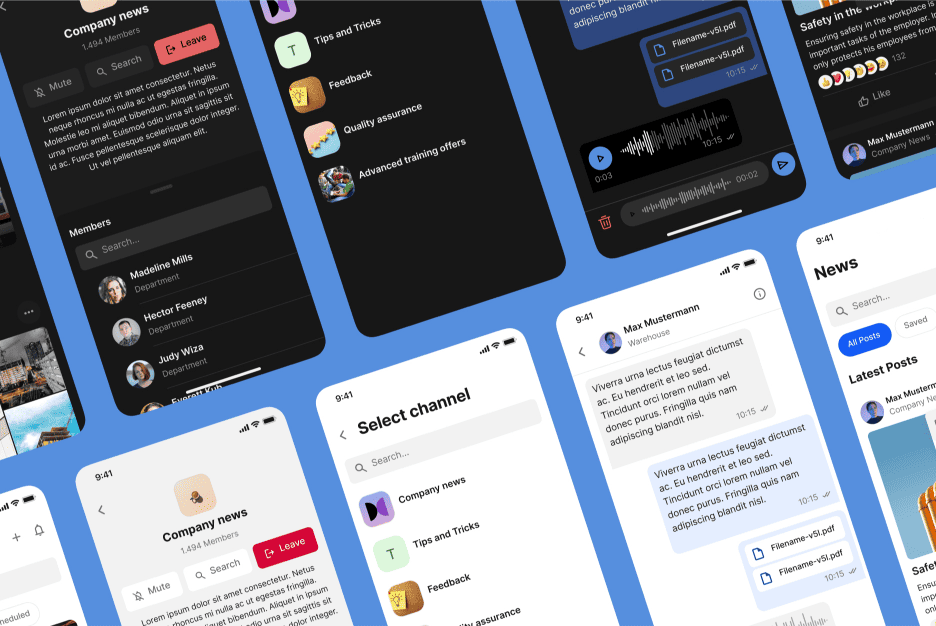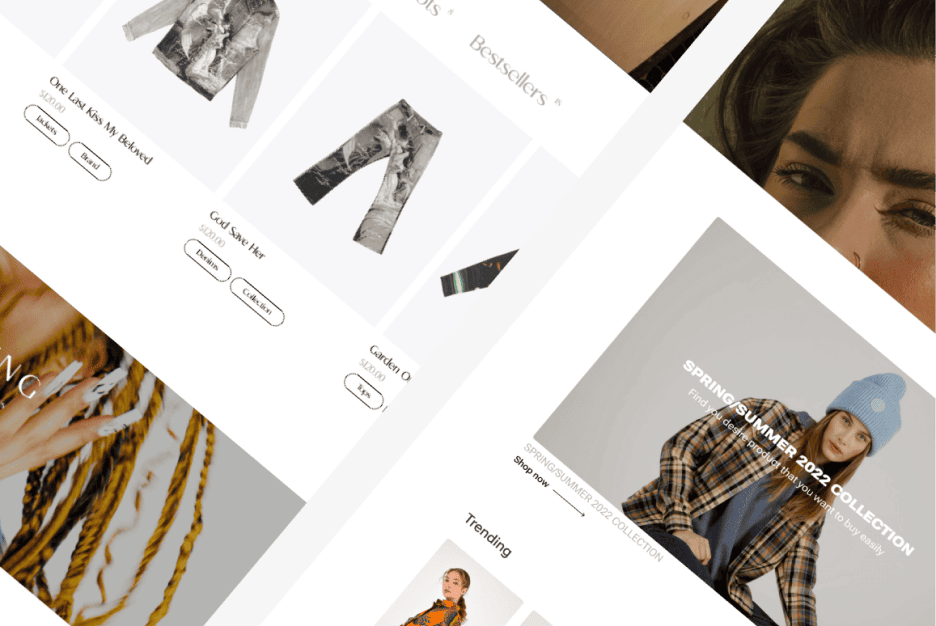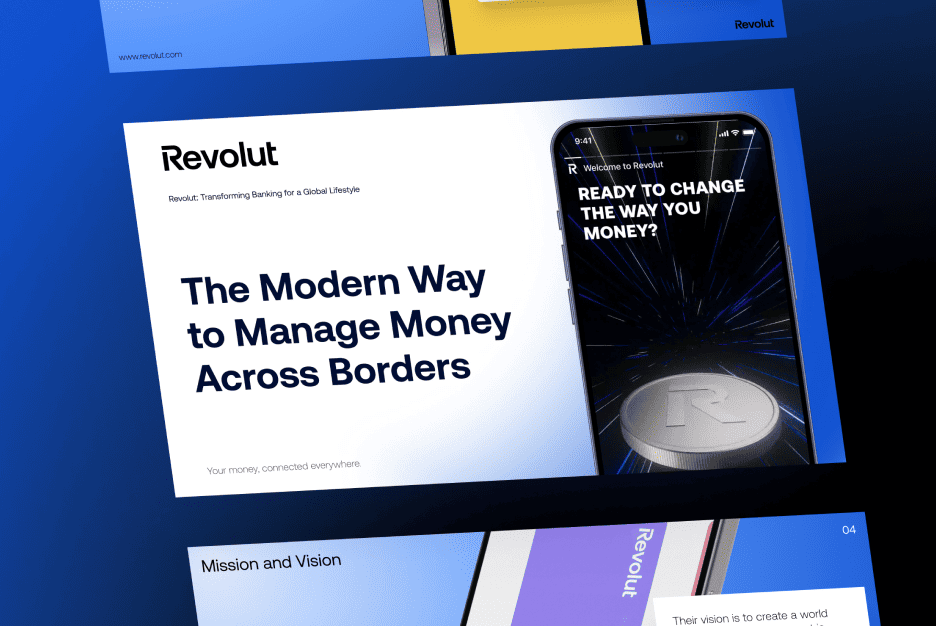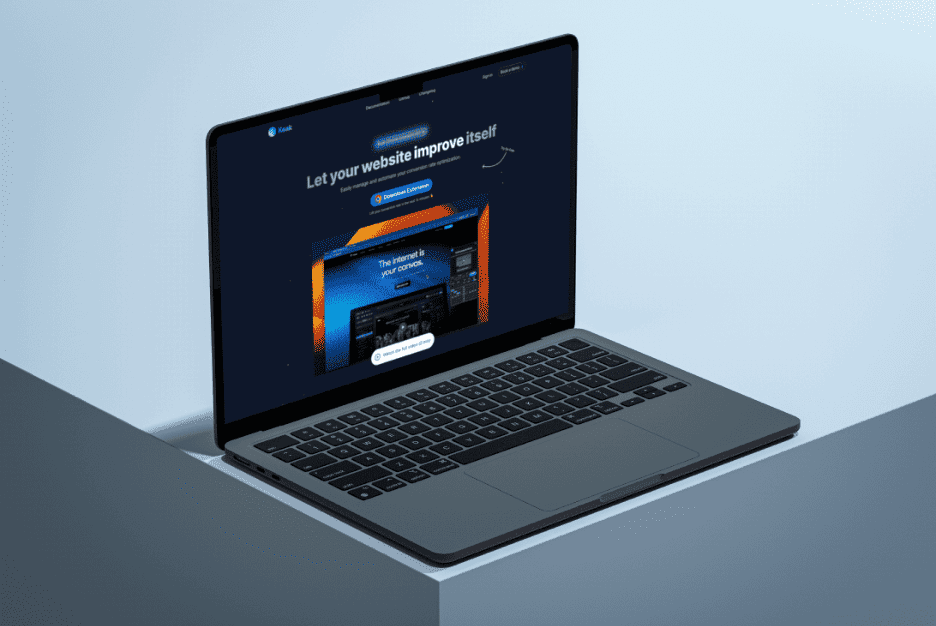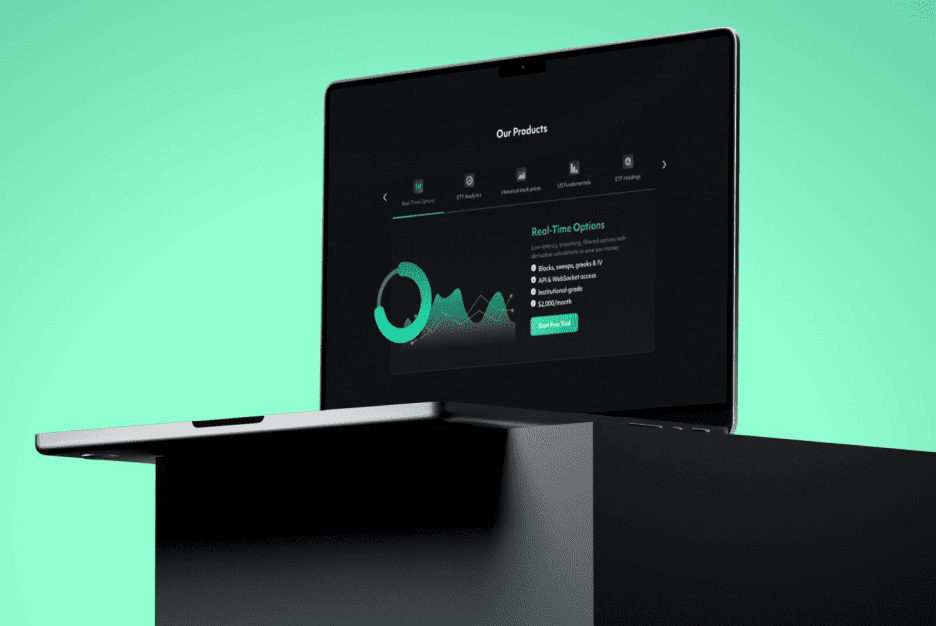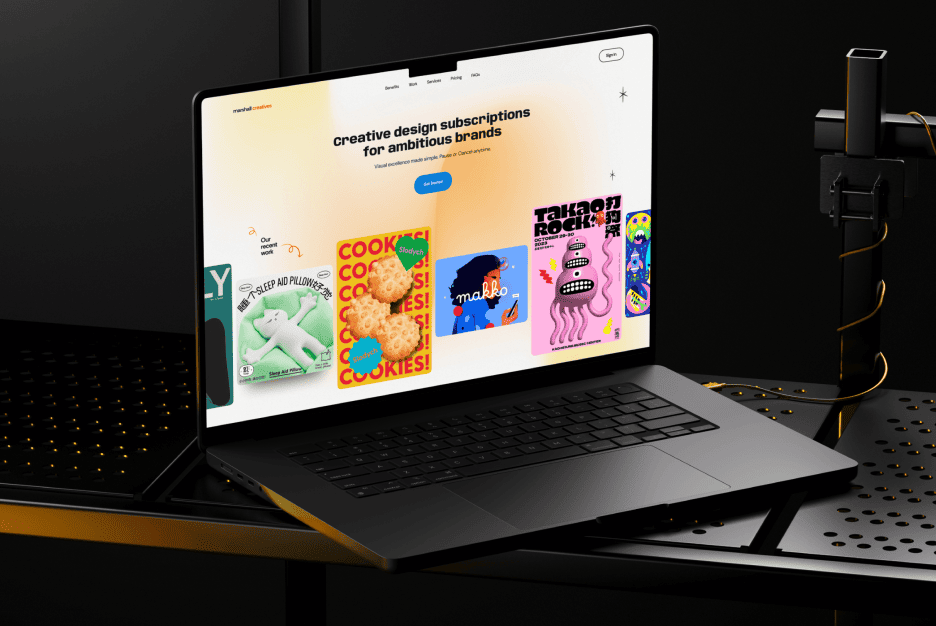In today’s fast-paced digital world, businesses must constantly adapt to provide the best user experiences. As technology evolves, so too do the strategies for creating digital experiences. Two essential elements in this landscape are web design and digital product design, but many businesses struggle to understand the key differences between the two. Both are critical in shaping user experiences, but they focus on different aspects of the digital journey.
Whether you are developing a website, a mobile app, or any other digital product, knowing when to use web design versus digital product design is key to ensuring your brand succeeds in the crowded digital marketplace. In this article, we will compare these two design disciplines, highlighting their differences, processes, and how they both contribute to your business goals.
What is Web Design?
At its core, web design focuses on creating the visual layout and structure of a website. This involves a variety of design elements such as typography, color schemes, imagery, and interactive elements that contribute to the overall look and feel of the website. The goal is to design a site that is functional, visually appealing, and optimized for both desktop and mobile screens.
Key Aspects of Web Design:
- UI (User Interface) Design: This includes elements such as buttons, navigation menus, forms, and interactive features.
- UX (User Experience) Design: Focuses on the website’s usability, ensuring it’s intuitive, easy to navigate, and visually clear.
- Responsive Web Design: A critical aspect of web design, ensuring that a website works seamlessly across various devices, from desktops to mobile phones.
- SEO Optimization: Optimizing the structure of the website, content, and images to be search engine-friendly.
At Almax Agency, we specialize in creating websites that not only look great but also enhance user engagement and conversion rates. By focusing on responsive design and SEO optimization, we ensure that your website performs well and ranks highly in search engines. SEO optimization is a crucial aspect of any web design, improving visibility on search engines and driving organic traffic to your site.
Why Web Design is Crucial for Your Business?
Web design is often the first point of contact between a business and its potential customers. A well-designed website communicates professionalism, establishes trust, and encourages user interaction. In a world where users expect fast load times, mobile optimization, and intuitive navigation, web design plays a crucial role in establishing a strong online presence. The importance of website branding cannot be overstated here, as it’s a key element that enhances the user experience and improves the perception of your business.

What is Digital Product Design?
While web design focuses on building functional and aesthetically pleasing websites, digital product design takes a more comprehensive approach to designing interactive digital experiences, such as mobile apps, software platforms, and other digital products. The process involves in-depth research, prototyping, testing, and iteration based on user feedback and business goals.
Key Aspects of Digital Product Design:
- User Research: Gathering insights through surveys, user testing, and interviews to understand user needs and behaviors.
- Prototyping: Creating interactive prototypes to test the functionality of a product before development.
- Interaction Design: Focusing on how users interact with the product and designing interfaces that encourage smooth, efficient user interactions.
- Product Strategy: Ensuring that the design aligns with the overall product vision and business objectives.
At Almax Agency, we work closely with our clients to create digital products that engage users, enhance usability, and drive business success. We approach digital product design from a holistic standpoint, ensuring that the design not only looks great but also addresses real user problems. As part of the product design process, UX design best practices play a major role, allowing us to refine and improve our designs based on actual user feedback and market trends.
Why Digital Product Design Matters?
Digital products, such as apps or SaaS platforms, need to be more than just aesthetically pleasing. They need to solve user problems and drive long-term engagement. Digital product design focuses on creating solutions that users enjoy interacting with, leading to higher retention rates, better user satisfaction, and ultimately, increased customer loyalty. Mobile app design strategies are essential for ensuring the success of your product in today’s competitive market.
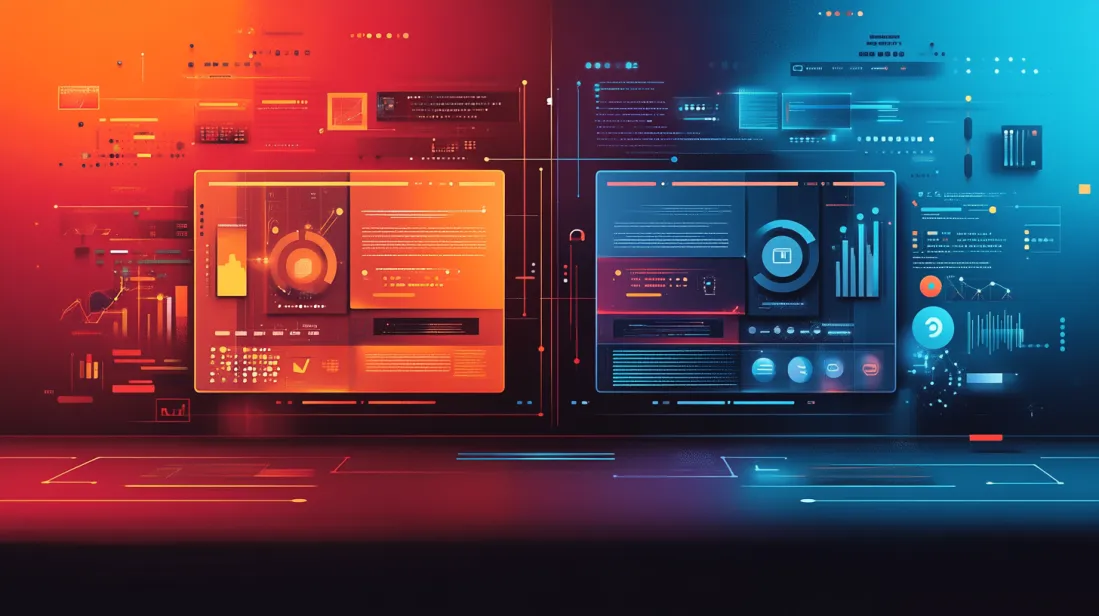
Web Design vs Digital Product Design: Understanding the Key Differences
It’s clear that both web design and digital product design play important roles in the digital space. However, they differ in their scope, objectives, and processes. Let’s break down these differences further.
1. Scope
- Web design is typically limited to designing websites—static or dynamic pages that function across various devices and platforms.
- Digital product design encompasses a wider range of digital experiences, including websites, mobile apps, SaaS platforms, and other complex digital solutions that require continuous updates and iterations.
2. Focus and Objectives
- The primary focus of web design is on creating an aesthetically pleasing website that communicates your brand message effectively while ensuring an intuitive user journey.
- Digital product design, on the other hand, is focused on solving user problems and enhancing the product’s overall experience, from interaction to engagement and long-term retention.
3. Design Process
- The web design process typically involves understanding the website’s goals, creating wireframes, selecting visual elements, and ensuring mobile compatibility.
- The digital product design process includes a deeper emphasis on user research, testing prototypes, refining user interactions, and ensuring that the product evolves over time based on user feedback.
4. User Interaction
- In web design, user interactions tend to be more passive (e.g., clicking links, submitting forms).
- In digital product design, user interactions are more frequent and complex (e.g., navigating through app screens, interacting with software tools).
5. Business Impact
- Web design is vital for establishing an online presence, driving initial customer engagement, and improving conversion rates.
- Digital product design is a long-term investment in customer retention, user engagement, and creating products that users will keep coming back to. It often leads to greater business growth through repeat usage and customer loyalty.

When to Choose Web Design or Digital Product Design?
The decision between web design and digital product design depends on the specific needs of your business, the type of project you’re working on, and your long-term goals. Let’s take a closer look at which approach works best depending on the nature of your digital presence or product.
1. When You Need a Website (Simple Online Presence)
If your primary goal is to establish a strong online presence for your business or brand, then web design is the right choice. Websites are often the first point of contact between businesses and potential customers, so a well-designed website can help you make a positive first impression. This is especially true for businesses that want to showcase their brand, share information, or sell products through an e-commerce website(see our case).
For example, if you’re creating a portfolio website, a blog, a corporate website, or a landing page for a marketing campaign, web design will be the most effective option. In these cases, the website serves as a digital marketing tool, helping you attract visitors, convert leads, and strengthen brand recognition. Key factors to focus on in these situations include:
- Responsive Design: Your website must work across all devices, from mobile phones to desktops.
- SEO Optimization: Proper SEO strategies ensure that your website ranks well in search engines, driving organic traffic.
- Conversion Optimization: Clear calls to action (CTAs) and easy navigation help convert visitors into customers.
Example of when to choose web design: If you’re launching a small business or a personal brand, you’ll likely want a simple, professional website to establish an online presence and provide visitors with essential information about your products or services.
2. When You Are Developing a Complex Digital Product
On the other hand, if your goal is to develop a digital product—such as a mobile app, SaaS platform, or web-based software—then digital product design becomes essential. Digital product design goes beyond the aesthetic and layout focus of web design; it involves building a product that functions smoothly, is intuitive for users, and solves a particular problem or meets a specific need. This includes everything from usability to performance and interaction design.
Digital product design is more than just creating a functional user interface (UI) or ensuring a great user experience (UX); it involves extensive planning, prototyping, user testing, and iteration. You will need to focus on:
- User-Centered Design: Understanding your users’ needs, pain points, and goals is key to creating an effective product.
- Interaction Design: In apps or SaaS platforms, you need to ensure that every interaction is smooth, intuitive, and efficient.
- Continuous Feedback and Iteration: Unlike websites, digital products require continuous improvement based on user feedback and testing.
- Product Roadmap: Your design must be aligned with your product strategy, which means understanding long-term goals and how the product will evolve over time.
Example of when to choose digital product design: If you’re building an online platform, a mobile app, or a complex tool for internal business use, you need a more comprehensive approach to design. Here, the focus is on creating an end-to-end digital experience that enhances the functionality of your product and ensures that users can interact with it effectively.
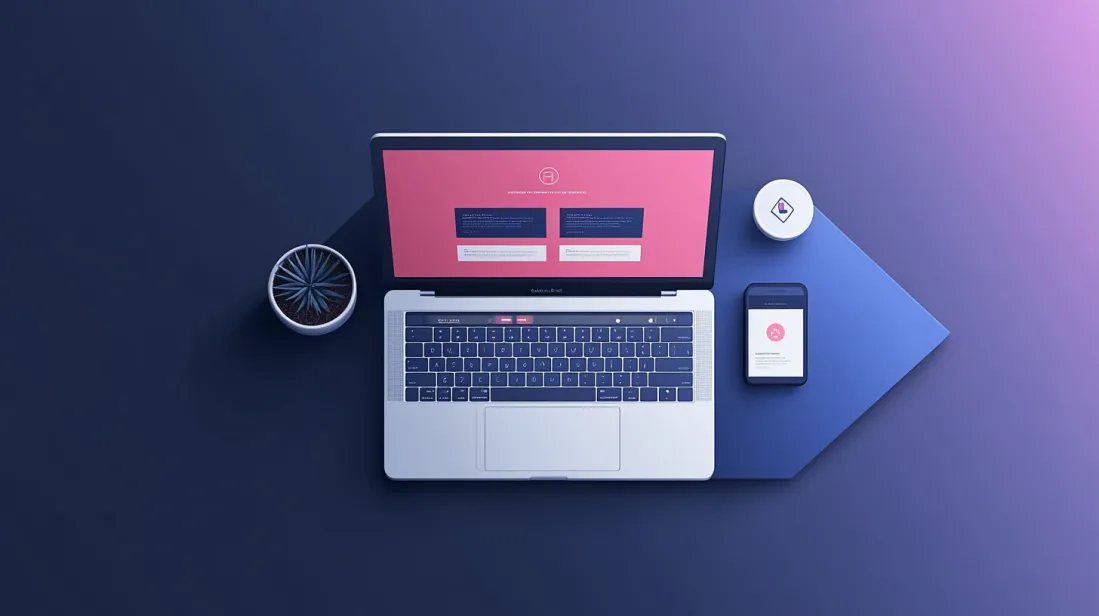
3. When You Want to Focus on User Engagement and Retention
If your goal is to develop a highly engaging product that keeps users coming back, then digital product design is the right choice. Websites may drive initial traffic and conversions, but digital products—especially apps and platforms—need to focus on long-term user retention.
For digital products, understanding user behavior, tracking interactions, and optimizing the user experience based on real-time data are essential for keeping users engaged. Unlike websites, where the interaction is often passive (such as viewing a blog post or filling out a form), digital products require regular, ongoing interactions.
This is why digital product design places heavy emphasis on:
- Personalization: Tailoring the product experience based on user data and behavior.
- Micro-interactions: Designing seamless, enjoyable interactions, like animations and feedback, that enhance user satisfaction.
- Usability Testing: Continual testing to uncover pain points and enhance the product’s efficiency and usability.
- Long-Term Product Evolution: As users grow accustomed to the product, it’s important to continuously innovate and improve features to keep them engaged.
Example of when to choose digital product design: If you’re creating a fitness tracking app, a employee-oriented social app, or a collaborative tool for teams, the design should prioritize user engagement and retention. It’s not enough for the product to just function well—it needs to build a relationship with users and offer them real value that encourages repeated use.
4. When You Need a Combination of Both (Hybrid Approach)
In some cases, a business or product might require both web design and digital product design. For instance, many SaaS platforms have a marketing website that attracts visitors and explains the product’s features, while the product itself is an app or platform that users interact with.
In this case, you need to integrate the principles of web design for the promotional part of the business, and digital product design for the actual user-facing platform or app. This hybrid approach ensures that you deliver:
- A seamless user journey, where users can move from exploring your website to engaging with your product without confusion.
- Consistent branding across both the website and the product, so users recognize and trust your brand across all touchpoints.
- Cross-channel optimization, ensuring that users can easily transition between devices (from desktop to mobile) and get a consistent experience.
Example of when to choose both web and product design: A subscription-based e-learning platform that has a landing page with detailed product descriptions, pricing information, and user testimonials (web design), while also offering a fully functional user dashboard and interactive lessons within the platform (digital product design).
5. When to Focus on Product Iteration and User Feedback
For businesses that focus on innovation and continuous improvement of their product, choosing digital product design becomes crucial. Web design often remains static once the site is launched, but digital product design is iterative. In the fast-paced world of digital products, feedback loops and continuous testing are essential to refine the product and ensure it adapts to changing user needs.
This approach works best when:
- You have a dynamic product, like a social networking app or financial platform, where features evolve frequently based on user feedback.
- You’re looking to scale your product over time and need design solutions that support growth and feature expansion.
- Your product depends on data-driven insights to evolve, and the design must adapt based on changing trends, technology, or user expectations.
Example of when to choose digital product design: If you are building an interactive educational platform or a fintech app, it’s important to be able to regularly update the product to respond to feedback, improve functionality, and remain competitive in the marketplace.
Both web design and digital product design are critical in today’s competitive digital landscape. While web design focuses on creating functional and attractive websites, digital product design takes a more comprehensive approach, ensuring that users have a seamless and engaging experience with digital products. Understanding the differences between the two and choosing the right approach for your business will lead to better user engagement, improved conversion rates, and long-term business success.
If you are looking for expert UX and UI design solutions or need help with mobile design and website development, don’t hesitate to contact us at Almax Agency. Our team of experienced designers can help you create a digital experience that aligns perfectly with your business objectives and user needs.
Also check our behance to see more examples.
